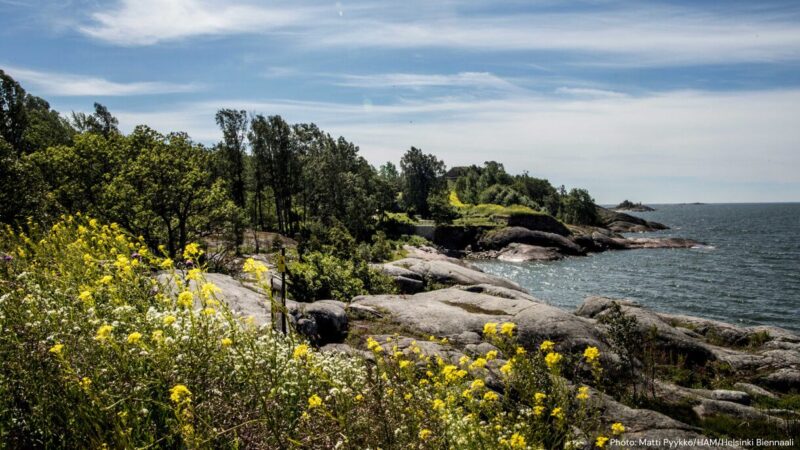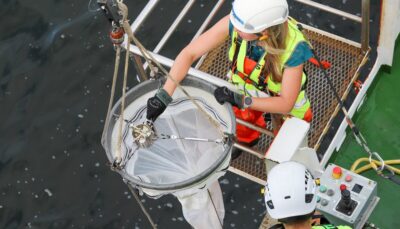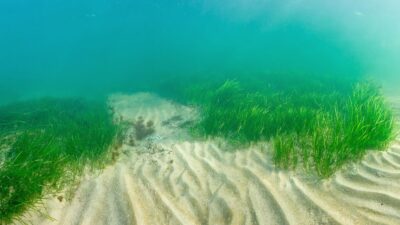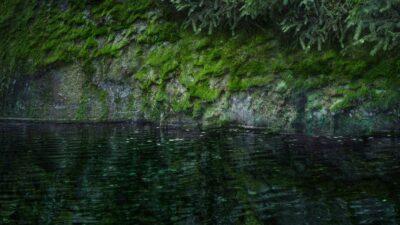Envisaging a utopian future for common eelgrass at Helsinki Biennial 2025
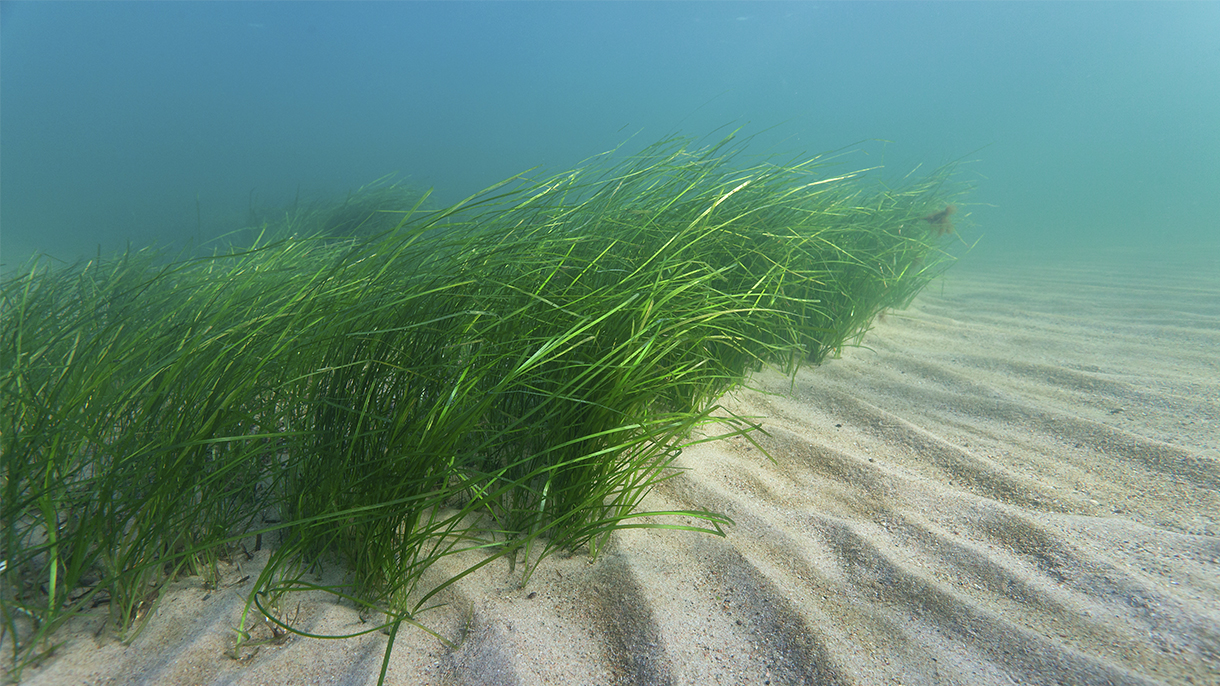
More information
The Helsinki Biennial 2025 is soon approaching: the contemporary art event takes place across Helsinki from 8 June to 21 September. The John Nurminen Foundation is a partner of the event and supports the artwork production of LOCUS / Thale Blix Fastvold and Tanja Thorjussen. In the project commissioned by Helsinki Biennial, the artists envisage a hopeful, speculative, utopian future for common eelgrass, which they imagine as blooming and thriving in the Baltic Sea.
By speculating on the utopian eelgrass scenarios and futures where the eelgrass meadows in the Baltic Sea are already thriving, the artists of the Oslo-based LOCUS – Thale Blix Fastvold and Tanja Thorjussen – thrive to highlight the importance of seagrass and ocean health.
”The role of seagrass is equal to meadows on land: they are full of life, and like nurseries they are protecting small fish and creatures when they are growing up. John Nurminen Foundation, whose aim is to save the Baltic Sea, is our collaborator in the research for this project, sharing valuable information on eelgrass, seagrass restoration and the current conditions of the Baltic Sea”, Fastvold and Thorjussen explain.
Common eelgrass, thriving on sandy bottoms, is a key species in the Baltic Sea. However, the meadows have declined and are in danger of disappearing. Eutrophication – resulting from the excess amount of nutrients in the water – causes most of the suffering. In fact, common eelgrass seabeds are currently classified as Near Threatened habitats in the Baltic Sea.
Artistic research to rethink human-centered perspectives on the world
LOCUS works from an ecofeminist perspective with performance and public art. In an ongoing artistic research LOCUS sees a strong connection between how we respond to environmental issues like climate change and our renewed spiritual interest and connection to nature.
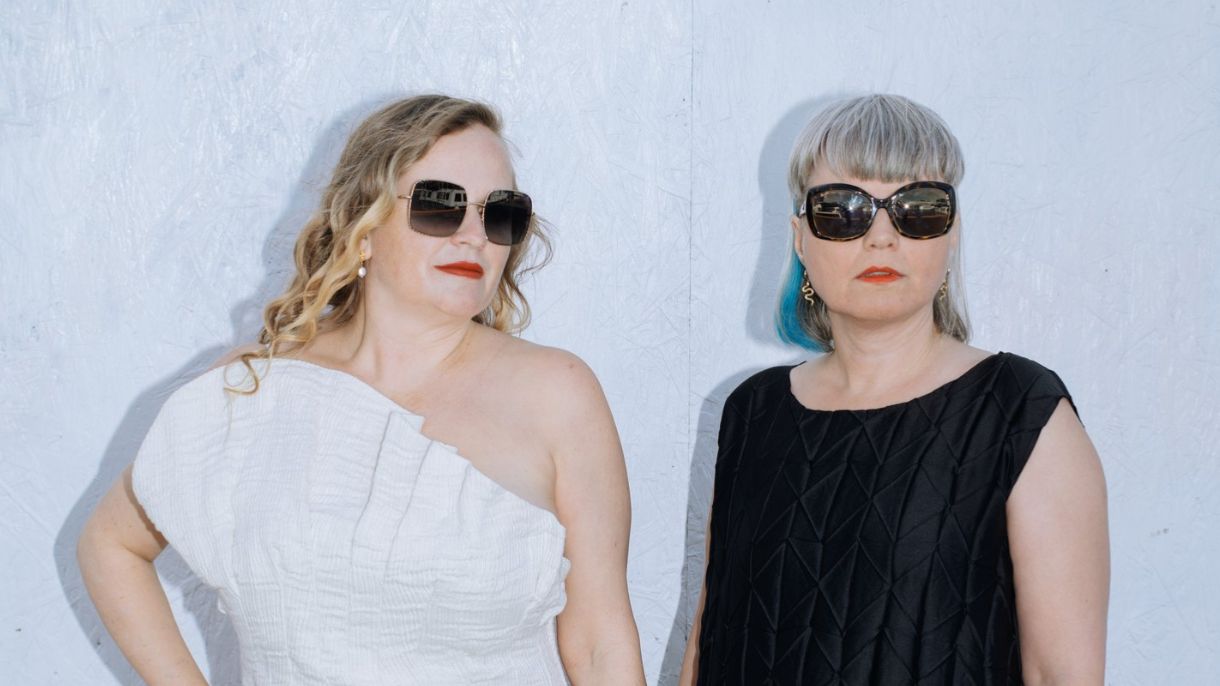
”We see a shift from the anthropos/human-centered worldview to a broader, more circular and balanced way of living and understanding of the world. This includes honoring and nurturing all aspects of nature from land to water. We see a Baltic Sea that is flourishing and flowering in peaceful abundance”, the artists describe.
The theme of the biennial’s third edition, Shelter, takes inspiration from the habitat of Vallisaari Island, which has been preserved from human habitation for decades.
”The theme of shelter for the Helsinki Biennial is very much in line with what we have been working with for years with our previous public artworks making eco-feminist pollinator gardens, collaborating with non-human entities etc.”, the artists explain.
Helsinki Biennial 2025 takes place from 8 June to 21 September across three venues: Vallisaari island, HAM Helsinki Art Museum, and, for the first time, Esplanade Park in central Helsinki.
All 37 artists of the Helsinki Biennial 2025 have now been announced and you can get to know them at helsinkibiennial.fi.
